Top ten greatest cancelled fighters
Many of the finest aeroplanes ever made were consigned to the scrapheap of history. Sometimes they were defeated in evaluations by superior opponents. Sometimes bribery, intrigue or plain bad luck killed these unlucky warriors. Here is a mouth-watering selection of ten fighters which didn’t make it to squadron service.
10. McDonnell Douglas/Northrop YF-23 Black Widow II
Despite being faster and stealthier, the YF-23 was turned down in favour of what became the F-22 Raptor. A real shame, as USAF missed out on one of the best-looking fighters ever made (as opposed to the F-22, which looks like an F-15 that hasn’t been taken out its packaging). The F-23’s likely top speed is not in the public domain, but it should be noted that it was considered faster than the F-22.
9. Avro Canada CF-105 Arrow
The phrase ‘Canadian superfighter’ sounds odd, but that’s what the CF-105 was. Fast, long-ranged and fitted with advanced avionics, it would have proved formidable. It is still mourned by Canadians today, leading to the bizarre recent proposal for a production line to be opened in the near future.
8. Martin-Baker MB5 (1944)
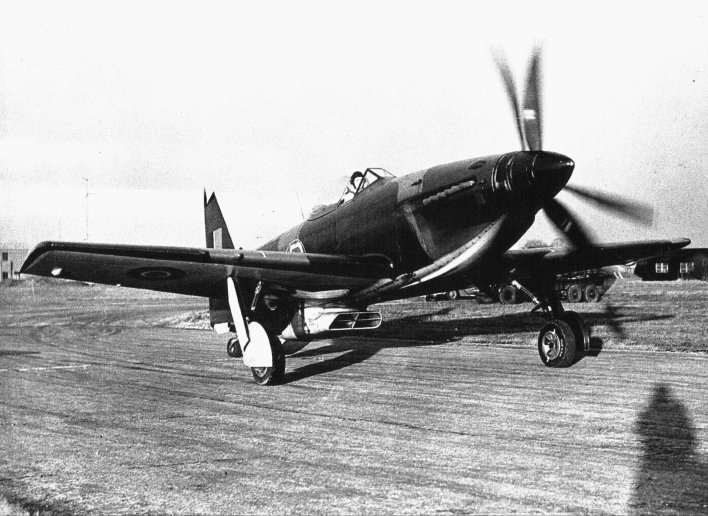
The MB5 The full potential of the Griffon 83 engine was harnessed by a six bladed contra-rotated propeller.
The best British piston-engined fighter ever flown. Well armed, very fast and easy to maintain. Flight trials proved it be truly exceptional, with a top speed of 460mph, brisk acceleration and docile handling. Its cockpit layout set a gold standard that Boscombe Down recommended should be followed by all piston-engined fighters. A multitude of access panels made it far easier to maintain than its contemporaries, and its tough structure (a more advanced version of the load-bearing tubular box type favoured by Hawker) would have given it greater survivability. The only thing the MB5 lacked was good timing, it first flew two weeks before the Allied Invasion of Normandy. Born at the birth of the jet age, with readily available Spitfires and Tempests this masterpiece of British engineering didn’t stand a chance.
Save the Hush-Kit blog. This site is in peril, we are far behind our funding targets. Our site is absolutely free and we have no advertisements. If you’ve enjoyed an article you can donate here.
7. Commonwealth CA-15 ‘Kangaroo’ (1946)
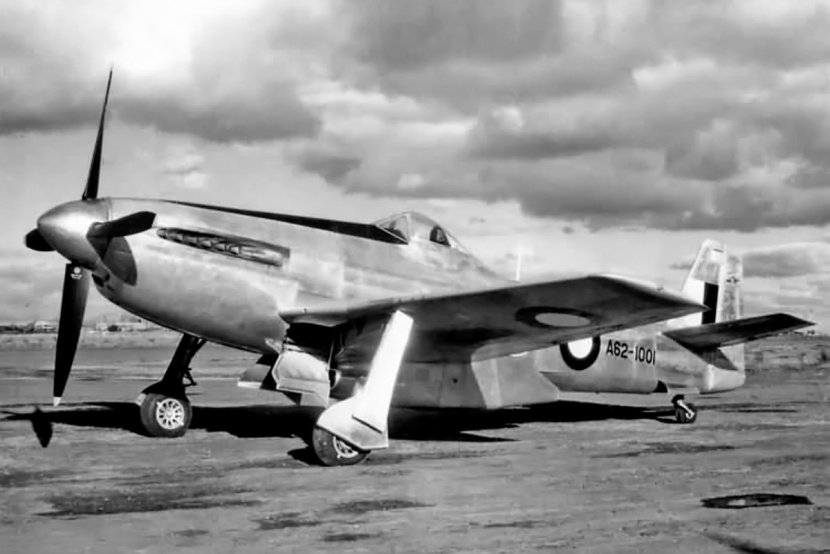
A strong contender for the title of the ultimate piston-engined fighter is the Australian Commonwealth CA-15 ‘Kangaroo’. The RAAF wanted a fighter superior to the highly respected P-51 Mustang and issued an exceptionally demanding requirement. The specification called for a machine with a high rate of climb, excellent manoeuvrability including a high roll rate, and a generous range. The resultant Kangaroo delivered on all promises, and boasted a top speed of 458mph, and a range on internal fuel of 1,150 miles! The addition of drop tanks allowed for 2,540 mile flights. These remarkable figures were attained with the Griffon 61, even more impressive figures would have been achieved if the desired Double Wasp or three-speed Griffon had been fitted. Like the MB5 it was just too late to the party.
6. Dassault Mirage 4000
France’s Mirage 2000 has been described by many fighter pilots as the perfect flying machine. Its ferociously high performance and almost telekinetic responsiveness have left pilots of all nationalities giddy with love and respect for the ‘Electric Cake Slice’. So imagine a ‘2000 with twice the power and you have a pretty spectacular aeroplane; the 4000, which first flew in 1979 was a just such an aircraft, in the same heavyweight class as the F-15 and Su-27. The Mirage 4000 was one of the first aircraft to incorporate carbon fibre composites (to keep weight down)- and was probably the very first to feature a fin made of this advanced material. Thanks to its light structure and powerful engines it had a thrust-to-weight ratio that exceeded 1: 1 in an air-to-air load-out. On its sixth test flight it reached 50,000 feet at Mach 2 in 3 minutes 50 seconds. The 4000 would have been agile, long-ranged and able to haul an impressive arsenal. Its capacious nose could have held an advanced long-range radar. The French air force didn’t want it, Iran — another potential customer- had a revolution, and Saudi Arabia, also on the look-out for a heavy fighter, opted instead for the F-15. Despite its obvious potential, the Mirage 4000 failed to find a customer, which was an enormous kick in the nuts for Dassault, as the company had privately funded the type’s development.
5. IAI Lavi
In the mid-1970s Israel began work on an indigenous fighter-bomber to replace its A-4s and Mirage derivatives. Development of the very advanced design was aided by US technological assistance. The highly agile canard delta first flew in 1986 and showed great potential. Similar to the F-16 but with greater manoeuvrability at higher speed (though it could had a lower maximum speed of Mach 1.6) and altitudes it was also to be fitted with Israel’s widely respected guided munitions and electronic warfare equipment. But the Lavi project was too expensive for such a small country and it was cancelled in favour of a F-16C order. The degree to which the design influenced China’s J-10 is much disputed but it is generally agreed that Chengdu learned much from Israeli industrial visits. Had the Lavi gone into production it would likely have been a potent multirole aircraft, somewhat like a larger Gripen.
4. Northrop F-20 Tigershark
The F-20 was the ultimate US F-5 derivative. However unlike the twin-engined Tiger II and Freedom Fighter, the F-20 was powered by a single engine. It was intended to serve the needs of US client nations not cleared for fighters as advanced the F-16. The F-20 had similar performance to the F-16 but would have been easier to maintain and cheaper to operate. Flight trials went extremely well and Chuck Yeager became an enthusiastic advocate of the type. When restrictions on F-16 exports relaxed the F-20 lost its raison d’etre. An attempt to provide F-20s for the US aggressor fleet proved unsuccessful perhaps as the General Dynamics and some in the F-16 community feared the F-20 reaching production status. In the end this privately funded fighter fell by the wayside, but did serve to distract attention away from Northrop’s secretive work on the nascent B-2 stealth bomber. The F404 engine that had powered the F-20 did find gainful employment in the light fighter world, going on to power the Saab Gripen, KAI FA-50 and Tejas Mk 1.
Until the late 1950s each generation of fighter interceptors was faster than the last. It stood to reason that the Mach 2.3 capable F-106 would be replaced by something even faster: the F-108 Rapier. Somewhat unsurprisingly a fleet of Mach 3 fighters that each weighed twice the weight of a loaded Lancaster bomber proved too expensive to develop. It seemed a shame to waste the expensive radar, missiles and fire control system developed for the F-108 so they were fitted to the only available airframe of comparable performance, the extremely secret Lockheed A-12 reconnaissance aircraft. The cost of the war in Vietnam and a less defensive military posture saw the funding for the 93 aircraft USAF wanted scrapped. Elements of this weapon system eventually found their way onto the F-14 Tomcat.
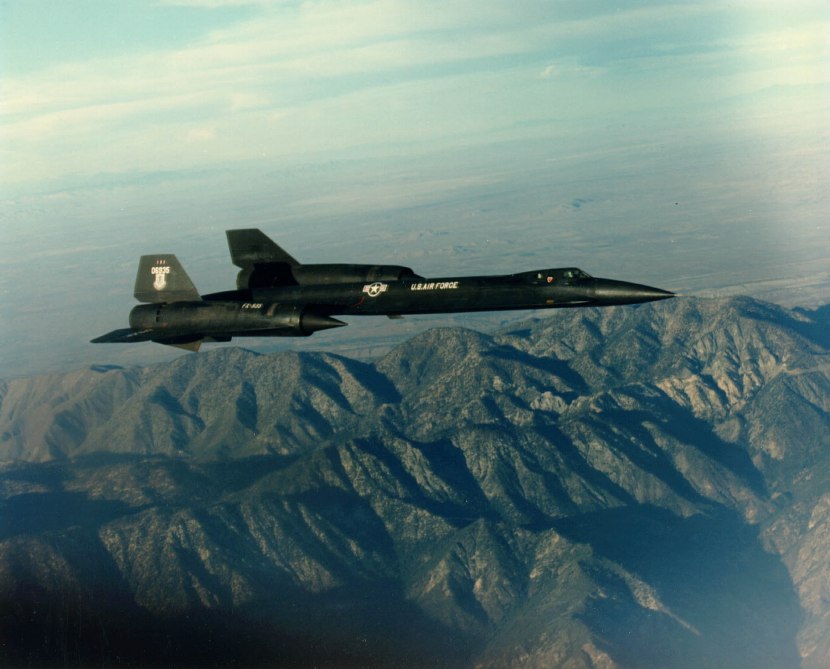
2. North American YF-107
1. Vought XF8U-3 Crusader III (Reader’s choice, suggested by Rowland White)
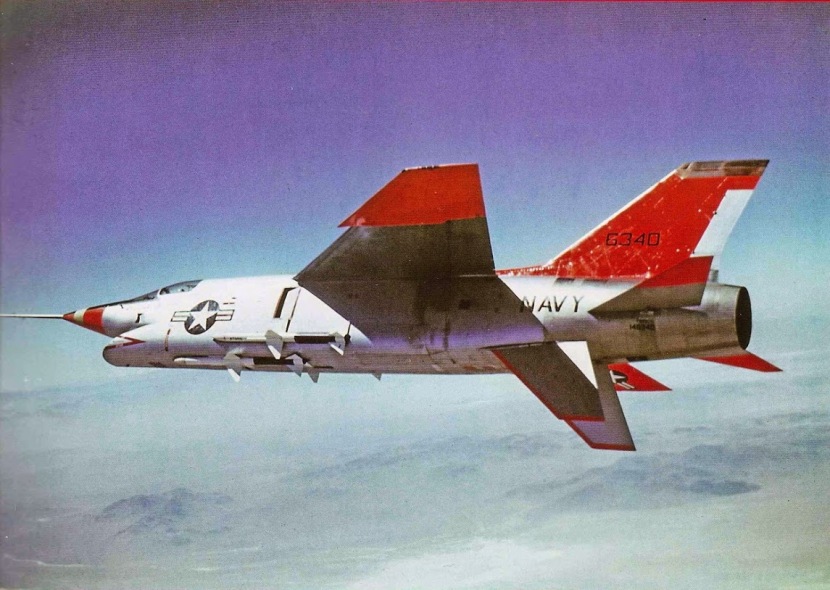
As phabulous as the Phantom was, in the F-4, the US Navy may have picked the wrong aircraft. Had they gone for the Crusader III instead of the Phantom, the Vought machine would have made mincemeat of the MiGs over Vietnam. The XF8U-3 first flew on 2 June 1958. The prototype reached Mach 2.39, and demonstrated a zoom ceiling well over 76,000 ft (23,170 m). Fly-offs against the F4H (the early Phantom), demonstrated that the Crusader III had vastly superior manoeuvrability. John Konrad, Vought’s chief test pilot, noted that it “fly circles around the Phantom II”. Its combat thrust-to-weight ratio (T/W ratio) was almost unity (0.97), an almost unprecedented figure for the 1950s (the F4H had only around 0.86). The F8U-3 program was cancelled with five aircraft built. Not all was wasted however as NASA appreciated the type’s remarkable high altitude performance and took three of the test aircraft for research purposes. These NASA Crusaders routinely intercepted and defeated U.S. Navy Phantom IIs in mock dogfights. The Navy did not enjoy this bullying and asked NASA to stop. Though the XF8U-3 was a better dogfighter, the Phantom had a crew of two, a huge advantage considering how hard it was to operate contemporary radars and missiles, and could carry a weapon-load twice as big. The F-4 also had the two advantage of two engines, a prime consideration for an operator at sea. Still there is a little doubt that the Crusader III would have been a formidable air superiority fighter or interceptor. With the advent of 1970s technology, allowing effective single crew operations, it could have matured into an exceptionally potent fighter. 
Have a look at How to kill a Raptor, An Idiot’s Guide to Chinese Flankers, the 10 worst British military aircraft, The 10 worst French aircraft, Su-35 versus Typhoon, 10 Best fighters of World War II , top WVR and BVR fighters of today, an interview with a Super Hornet pilot and a Pacifist’s Guide to Warplanes. Was the Spitfire overrated? Want something more bizarre? The Top Ten fictional aircraft is a fascinating read, as is The Strange Story and The Planet Satellite. The Fashion Versus Aircraft Camo is also a real cracker. Those interested in the Cold Way should read A pilot’s guide to flying and fighting in the Lightning. Those feeling less belligerent may enjoy A pilot’s farewell to the Airbus A340. Looking for something more humorous? Have a look at this F-35 satire and ‘Werner Herzog’s Guide to pusher bi-planes or the Ten most boring aircraft. In the mood for something more offensive? Try the NSFW 10 best looking American airplanes, or the same but for Canadians.

“If you have any interest in aviation, you’ll be surprised, entertained and fascinated by Hush-Kit – the world’s best aviation blog”. Rowland White, author of the best-selling ‘Vulcan 607’
I’ve selected the richest juiciest cuts of Hush-Kit, added a huge slab of new unpublished material, and with Unbound, I want to create a beautiful coffee-table book. Pre-order your copy now right here
TO AVOID DISAPPOINTMENT PRE-ORDER YOUR COPY NOW

From the cocaine, blood and flying scarves of World War One dogfighting to the dark arts of modern air combat, here is an enthralling ode to these brutally exciting killing machines.
The Hush-Kit Book of Warplanes is a beautifully designed, highly visual, collection of the best articles from the fascinating world of military aviation –hand-picked from the highly acclaimed Hush-kit online magazine (and mixed with a heavy punch of new exclusive material). It is packed with a feast of material, ranging from interviews with fighter pilots (including the English Electric Lightning, stealthy F-35B and Mach 3 MiG-25 ‘Foxbat’), to wicked satire, expert historical analysis, top 10s and all manner of things aeronautical, from the site described as:
“the thinking-man’s Top Gear… but for planes”.
The solid well-researched information about aeroplanes is brilliantly combined with an irreverent attitude and real insight into the dangerous romantic world of combat aircraft.
FEATURING
-
-
-
- Interviews with pilots of the F-14 Tomcat, Mirage, Typhoon, MiG-25, MiG-27, English Electric Lighting, Harrier, F-15, B-52 and many more.
- Engaging Top (and bottom) 10s including: Greatest fighter aircraft of World War II, Worst British aircraft, Worst Soviet aircraft and many more insanely specific ones.
- Expert analysis of weapons, tactics and technology.
- A look into art and culture’s love affair with the aeroplane.
- Bizarre moments in aviation history.
- Fascinating insights into exceptionally obscure warplanes.
-
-

The book will be a stunning object: an essential addition to the library of anyone with even a passing interest in the high-flying world of warplanes, and featuring first-rate photography and a wealth of new world-class illustrations.

Rewards levels include these packs of specially produced trump cards.



Pre-order your copy now right here
I can only do it with your support.


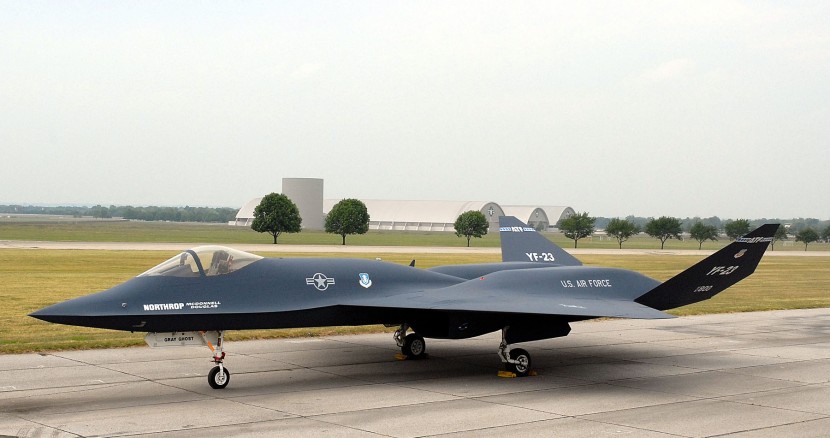
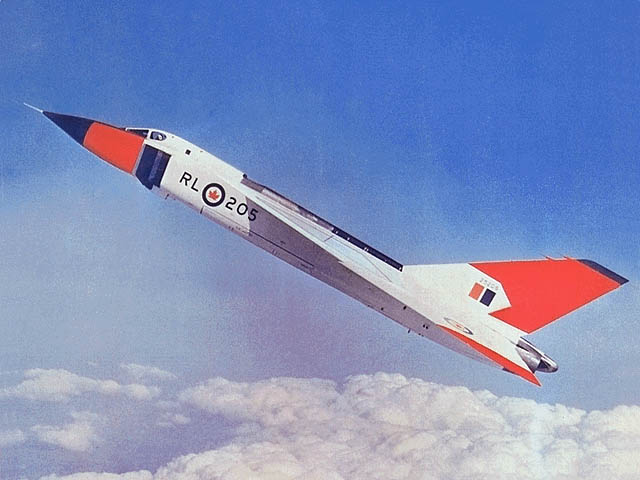

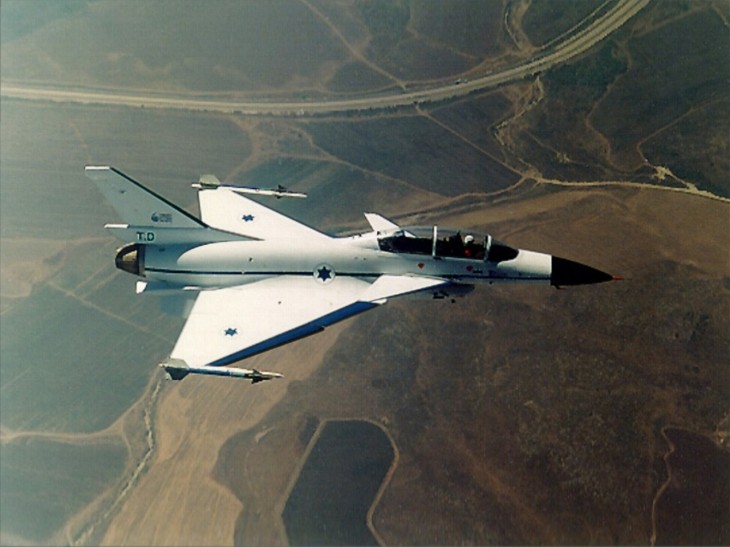



Hmm not bad, but I dont think the MB5 and CA-15 were much better than a DH Hornet or Sea Fury?? Also (as I mentioned on twitter..) No TSR2?? would have been possibly worlds best strike aircraft for 10 or more years after it’s introduction…
Yep sorry as you correctly say.. It’s just Fighters… Us Brits are very protective of TSR2..overly so lol!!
What about the Polikarpov I-185? “The I-185 is the best current fighter from the point of control simplicity, speed, maneuverability (especially in climb), armament and survivability.”
And pray what about the thin wing Javelin or even the Hawker 1121
Thin wing Javelin pretty atrocious idea, and is covered in detail in The Hush-Kit Book of Warplanes Vol 2. Hawker P1121 was a nice design.
Miles M22 anyone. On paper looked sensational, potentially far better than the early jets, though one wonders if it would ever actually hold together in flight. From what I found through research of the YF107 it had as many weaknesses as strengths but is worth a show for its looks.
Good points,
I’d like to know more about the YF-107s limitations.
You need to take part in a contest for one of the best blogs
on the internet. I most certainly will highly recommend this blog!
No FD2? http://argentaeurop.wordpress.com/2010/03/10/how-to-innovate-successfully-and-lose-friends/
It wasn’t a fighter.
I really think that the Avro Arrow should be at the top of this list because of the sheer impact it would have had in the world, I remember reading what those Canadians had done in 1958 and it was staggering! The first aircraft to be fly-by-wire, the first with an internal A2A weapons bay and apparently if the Canadian government hadn’t cancelled the thing, it had an engine in the wings called the “Orenda Iroquois” that would have made it the fastest plane in the world (Mach 2.5+) and it would have been the only plane in the world that could fly high enough to intercept the U-2. The Canadians are right to mourn the Arrow because if it had made production, it would have made all other fighter aircraft seem obsolete in comparison. It was decades ahead of its time and if it had gone into production, who knows how much further ahead we’d be today. It also would have made the USSR shaking in their Red Army boots because nothing the USSR had was even close to what the Arrow was capable of. I believe that if it had been released, it would still be flying in some form today. It is and always will be my favorite foreign-made fighter.
– Tom Hawk